- Have any questions?
- +380 (50) 50 73 903
- uapothecary.pharmacy@gmail.com
Relief Ultra rectal suppositories 12 pcs
$34.49
Relief Ultra is used for external and internal hemorrhoids, fissures, fistulas, ulcers, erosion of the perianal region and rectum, accompanied by severe inflammatory phenomena; proctitis, anal itching, eczema, dermatitis of the perianal area.
Pharmacological properties
Pharmacodynamics. hydrocortisone acetate – GCS, with local application has anti-inflammatory, anti-allergic, vasoconstrictor and anti-pruritic effect. suppresses the release of inflammatory mediators, blocks the metabolism of arachidonic acid.
Zinc sulfate monohydrate promotes the healing of wounds and erosions, normalizes the water balance of the skin.
Pharmacokinetics. With local application, the ingredients of the drug are excreted in the composition of mucus or in very small amounts are excreted with urine and bile. Any manifestations of resorptive action when using the drug in recommended doses are not observed. The components of the drug do not penetrate into breast milk.
Indication
External and internal hemorrhoids, fissures, fistulas, ulcers, erosions of the perianal region and rectum, accompanied by severe inflammatory phenomena; proctitis, anal itching, eczema, dermatitis of the perianal area.
Application
First wash the skin around the anus with warm water, clean the affected area with a moistened soft napkin, carefully dry it with toilet paper or a soft cloth. before inserting the suppository, it is necessary to remove the protective plastic cover from it. insert the suppository into the anus as deeply as possible. inject one suppository up to 4 times a day (at night, in the morning and after each bowel movement). the duration of the treatment course is no more than 7 days.
Children. The safety and effectiveness of Relief Ultra in children under 12 years of age has not been established. There are no data. The drug can be used in children over 12 years old.
Contraindication
Increased individual sensitivity to any component of the drug (allergic reactions), specific (bacterial, fungal, viral, tuberculous) lesions of the anorectal zone, neoplasms in the anus, thromboembolic disease, intestinal obstruction, abscesses, risk of perforation, peritonitis, widespread fistulas, fresh intestinal anastomoses or fistula passages.
Side effects
From the side of the immune system: rarely, allergic reactions may occur, including hyperemia (redness), swelling, itching; dryness of the mucous membrane.
Although systemic effects have not been reported with the use of the drug Relief Ultra, with long-term use in high doses, endocrine disorders are possible: adrenocortical suppression, Cushing’s syndrome, hyperglycemia, glucosuria, growth retardation, intracranial hypertension.
From the gastrointestinal tract: rectal bleeding.
From the side of the skin and subcutaneous tissue: perianal dermatitis, accompanied or not accompanied by skin atrophy; irritation, pain at the site of application, burning, rash, dry skin, pustular acne; “Rebound effect” that can lead to steroid addiction; slowing of wound healing.
Methyl parahydroxybenzoate and propyl parahydroxybenzoate can cause allergic reactions (perhaps delayed) and in some cases – bronchospasm.
Special instructions
In case of significant bloody secretions from the anus, in the presence of symptoms of the disease within 7 days of treatment or in case of worsening of the condition, it is necessary to consult a proctologist.
Accidental contact of the drug with eyes should be avoided.
Rectal corticosteroids should be used with caution in people with severe ulcer disease and only after a proctological examination due to the risk of intestinal perforation.
When using any topical steroids, the possibility of systemic absorption should be kept in mind.
In order to minimize systemic effects, the recommended dose should not be exceeded, unless otherwise recommended by a doctor.
Use during pregnancy and breastfeeding. The safety of using the drug Relief Ultra (hydrocortisone acetate, zinc sulfate) during pregnancy has not been studied.
Current data on the safety of the use of topical GCS during pregnancy indicate that there is no connection between their use by the mother and the development of canker sores, premature birth and fetal death.
Current data indicate that the use of strong / very strong topical corticosteroids during pregnancy cannot be associated with placental insufficiency and low birth weight of the newborn. However, these are data from one large and one small cohort study. A large population-based cohort study (84,133 pregnant women from the General Practice Research Database) found a significant association of fetal growth retardation with pregnant use of strong/very strong topical corticosteroids, but not with weak/moderate topical corticosteroids. The relationship between the use of topical corticosteroids of any strength by a pregnant woman with the development of canker sores, premature birth and fetal death was not found. Also, another cohort study conducted in Denmark did not find a cause-and-effect relationship between the use of topical corticosteroids and canker sores.
It is not known whether the active ingredients of Relief Ultra (hydrocortisone acetate, zinc sulfate) enter breast milk. Trace amounts of endogenous hydrocortisone (cortisol) are excreted in breast milk. The amount of GKS in milk varies from 0.2 to 32 ng / ml with the maximum average concentration (25.5 ng / ml), which is determined in colostrum at the end of the pregnancy period. The concentration of hydrocortisone in colostrum is on average 7.5% of the level in blood plasma.
There are no reports of excretion of exogenous hydrocortisone or cortisone in breast milk. It is unlikely that these substances can have a negative effect on a newborn who is breastfed. Prednisone, a stronger GCS than hydrocortisone, passes into breast milk in minimal amounts and is considered compatible with breastfeeding.
During pregnancy and breastfeeding, the drug can be used if, in the doctor’s opinion, the benefit of use for the mother exceeds the potential risk for the fetus. Medicines of this group should not be widely used in pregnant women, especially in high doses or for a long time.
Before starting the use of this medicine, you should consult a doctor.
Studies on the effect of Relief Ultra (hydrocortisone acetate, zinc sulfate) on human fertility have not been conducted.
The ability to influence the speed of reaction when driving a motor vehicle or working with other mechanisms. There are no data.
Interactions
Use with caution during simultaneous treatment with anticoagulants, hypoglycemic agents, barbiturates, diuretics, cardiac glycosides.
With simultaneous use with other corticosteroids (both topical and oral), the likelihood of developing systemic effects may increase.
With simultaneous use with CYP 3A inhibitors (including medicinal products containing cobicistat), an increase in the risk of systemic side effects, including suppression of the function of the adrenal glands, is possible. Concomitant use should be avoided, except when the benefit of using the drug outweighs the risk of developing systemic effects of GCS, and it is necessary to monitor the patient’s condition.
Overdose
Long-term use in high doses enhances resorption and increases the risk of developing systemic effects of hydrocortisone, such as menstrual cycle disturbances, increased hell, slow wound healing, muscle weakness, insomnia, increased blood glucose levels, hirsutism, glaucoma, etc.
Accidental ingestion may cause gastrointestinal disturbances (nausea, stomach pain).
Storage conditions
At a temperature not higher than 25 °C.

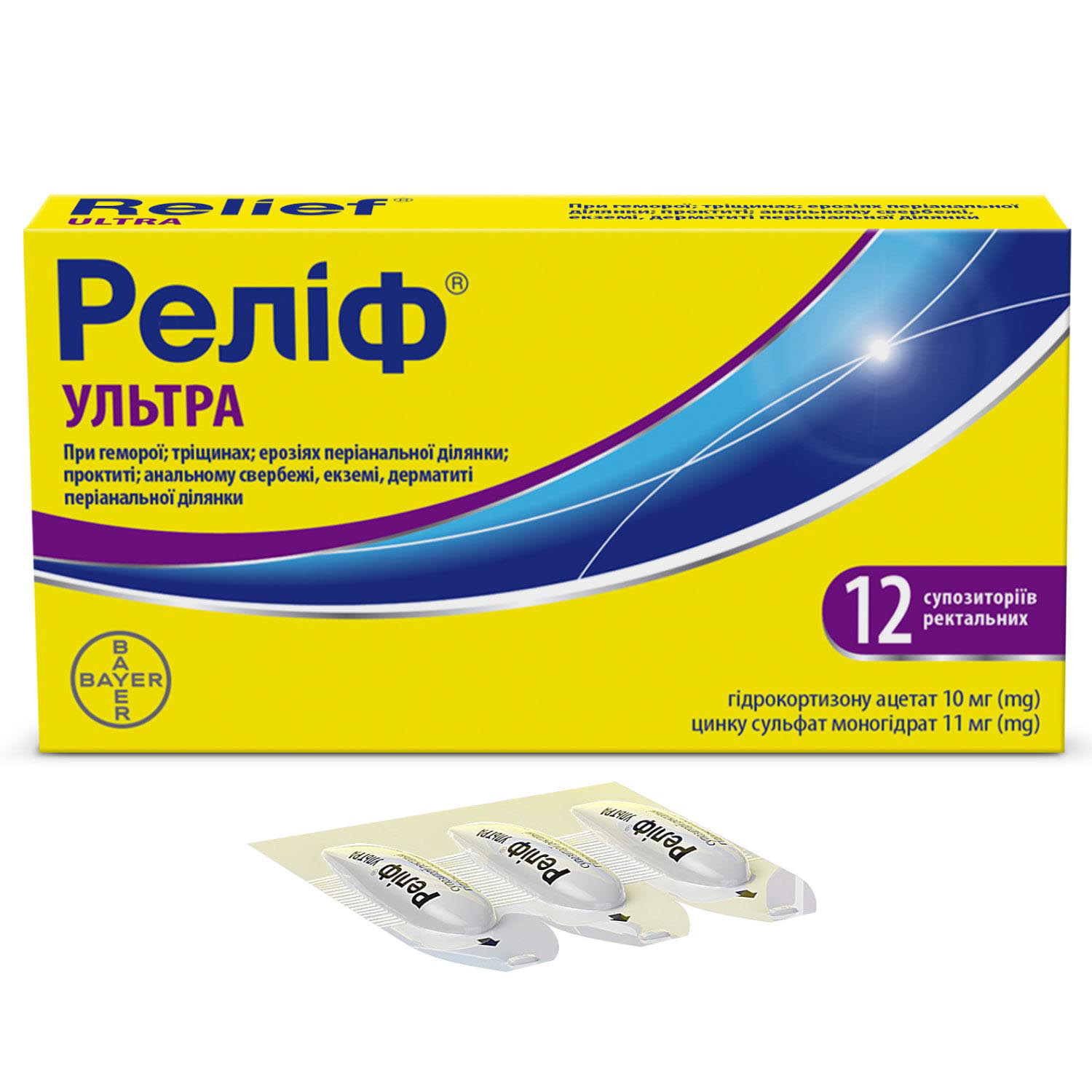
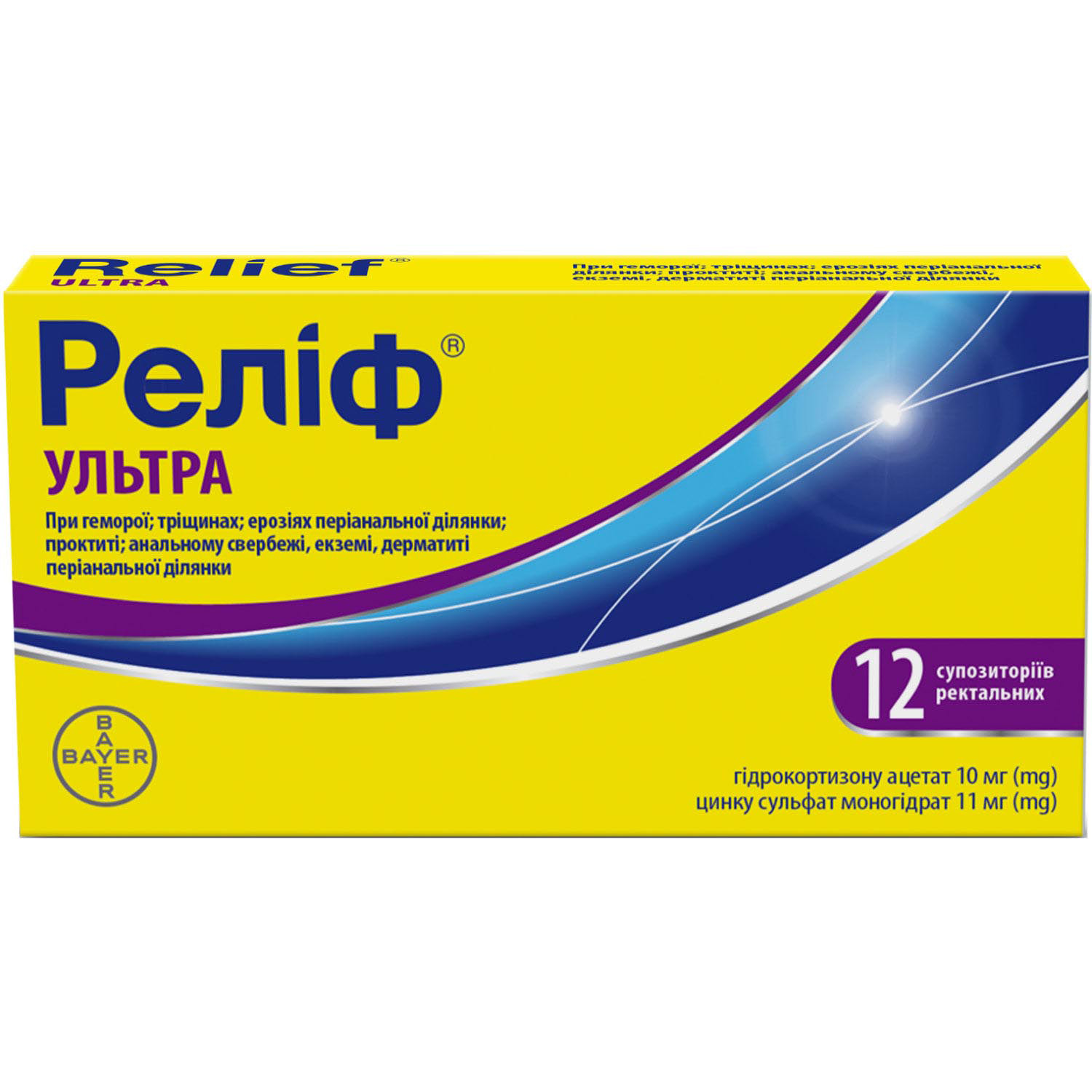
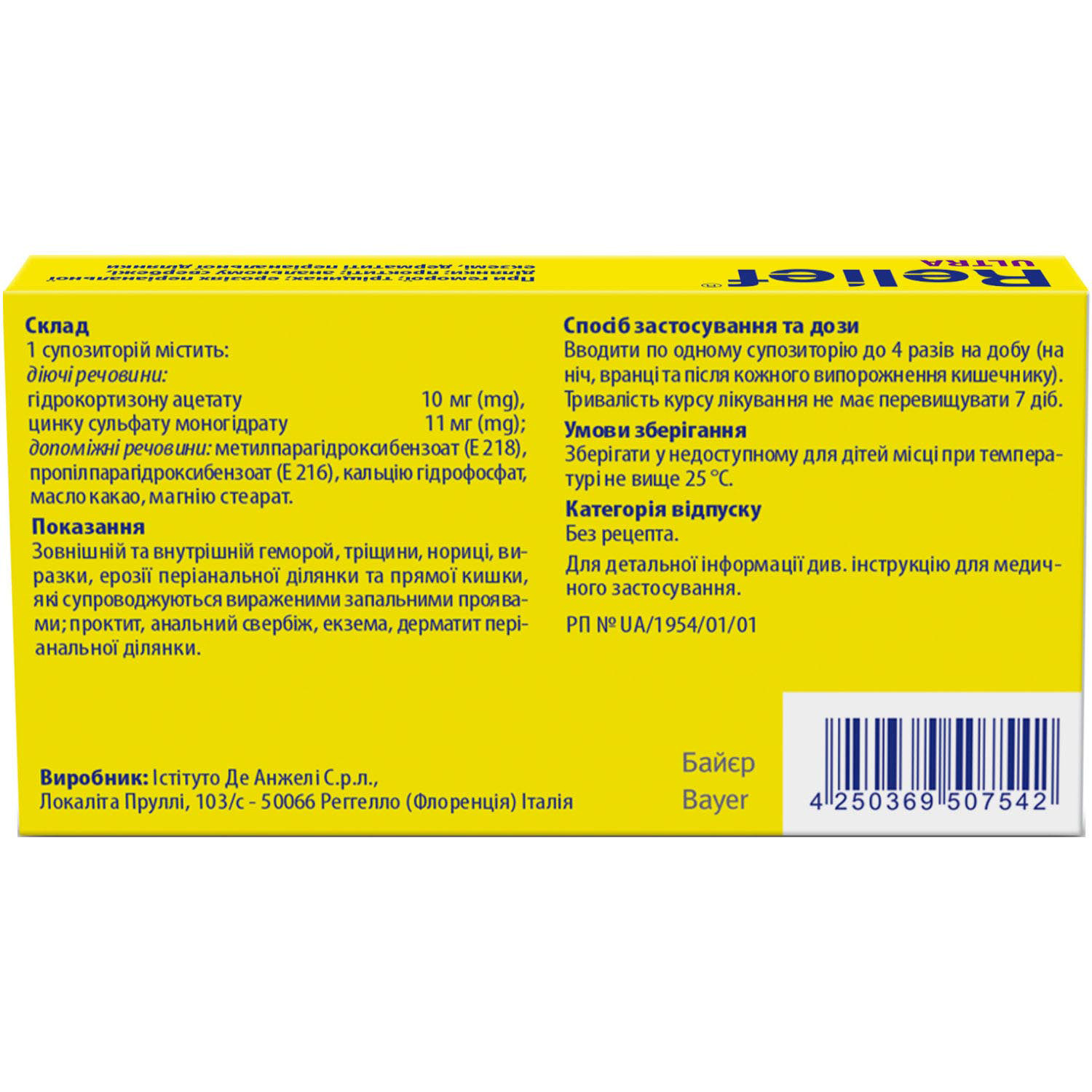
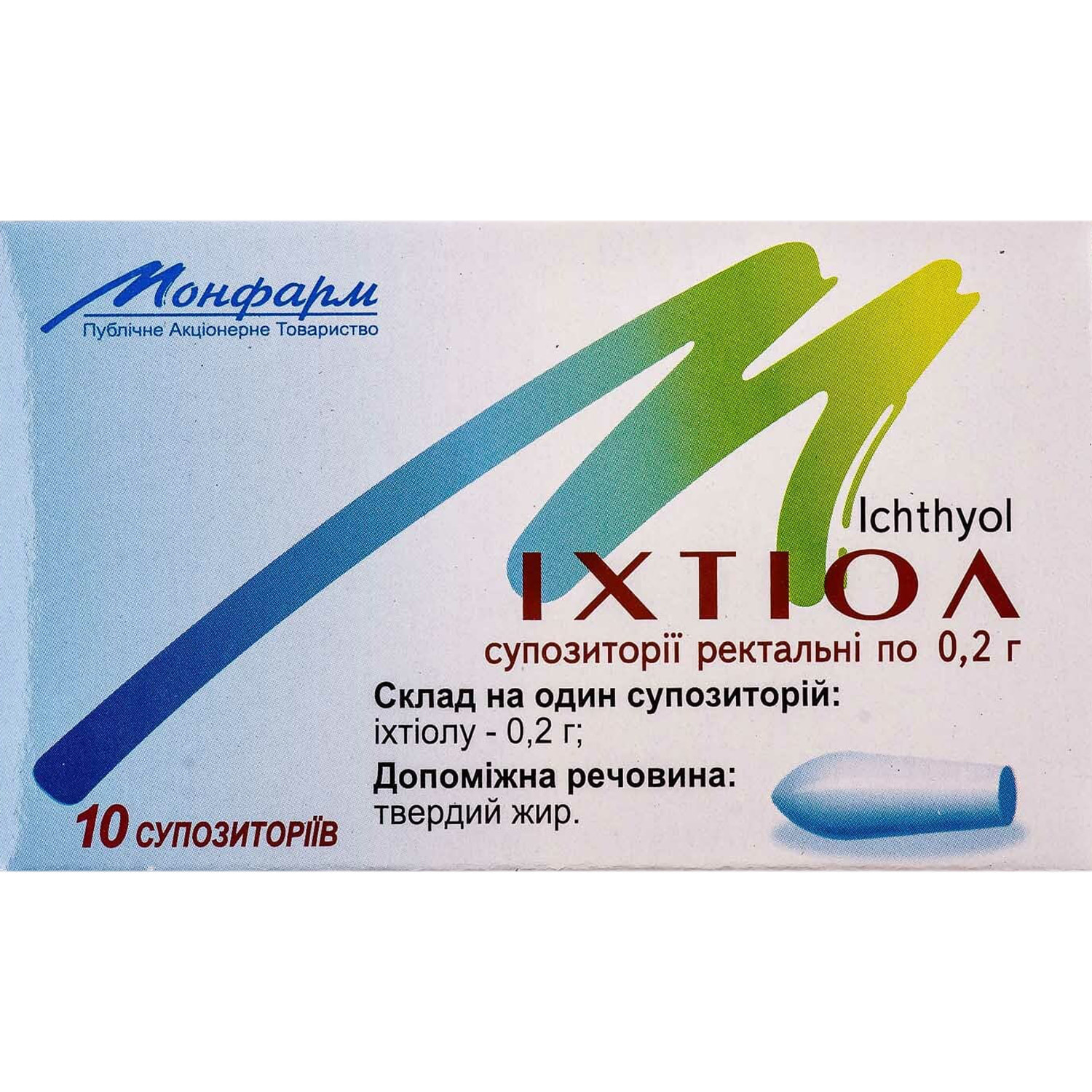

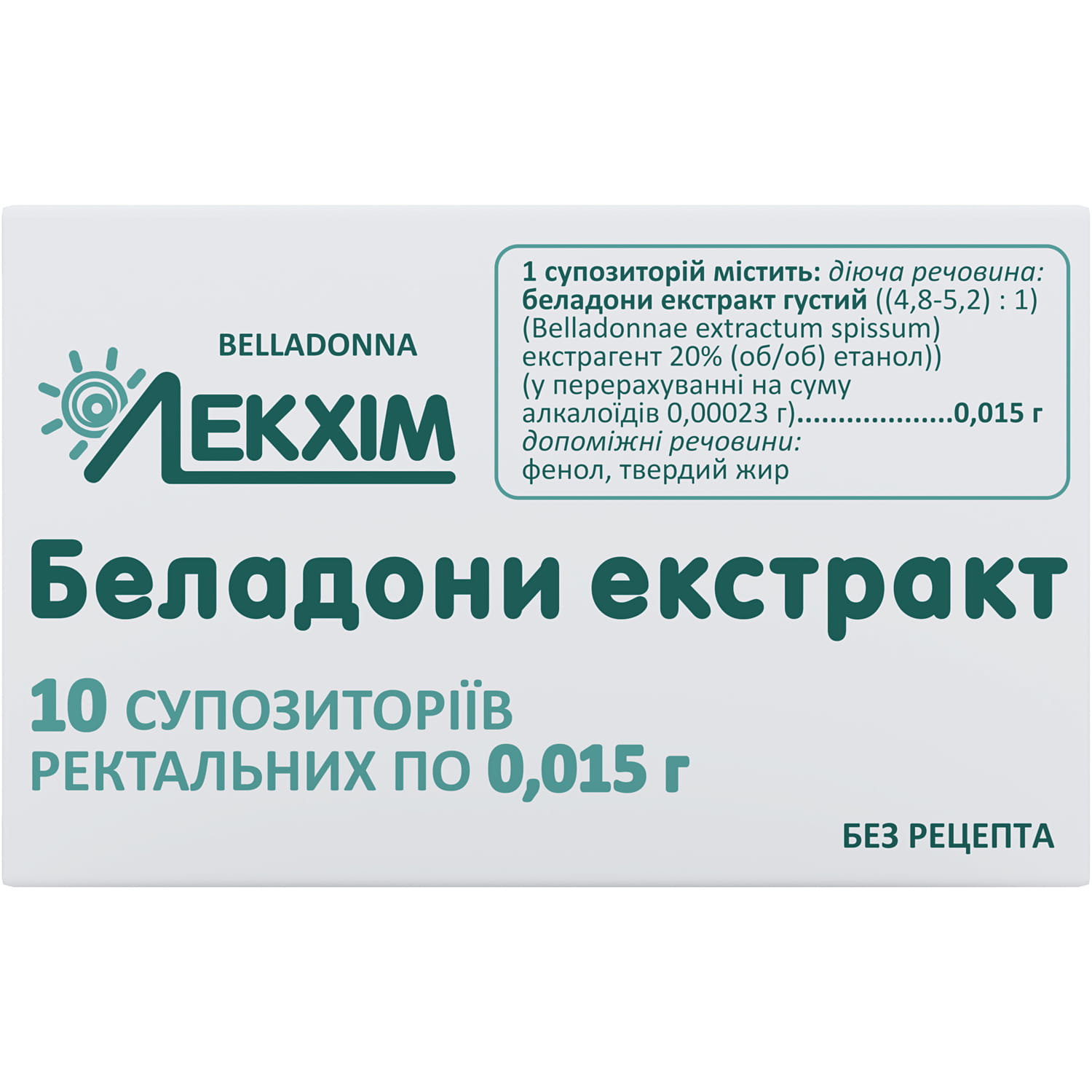

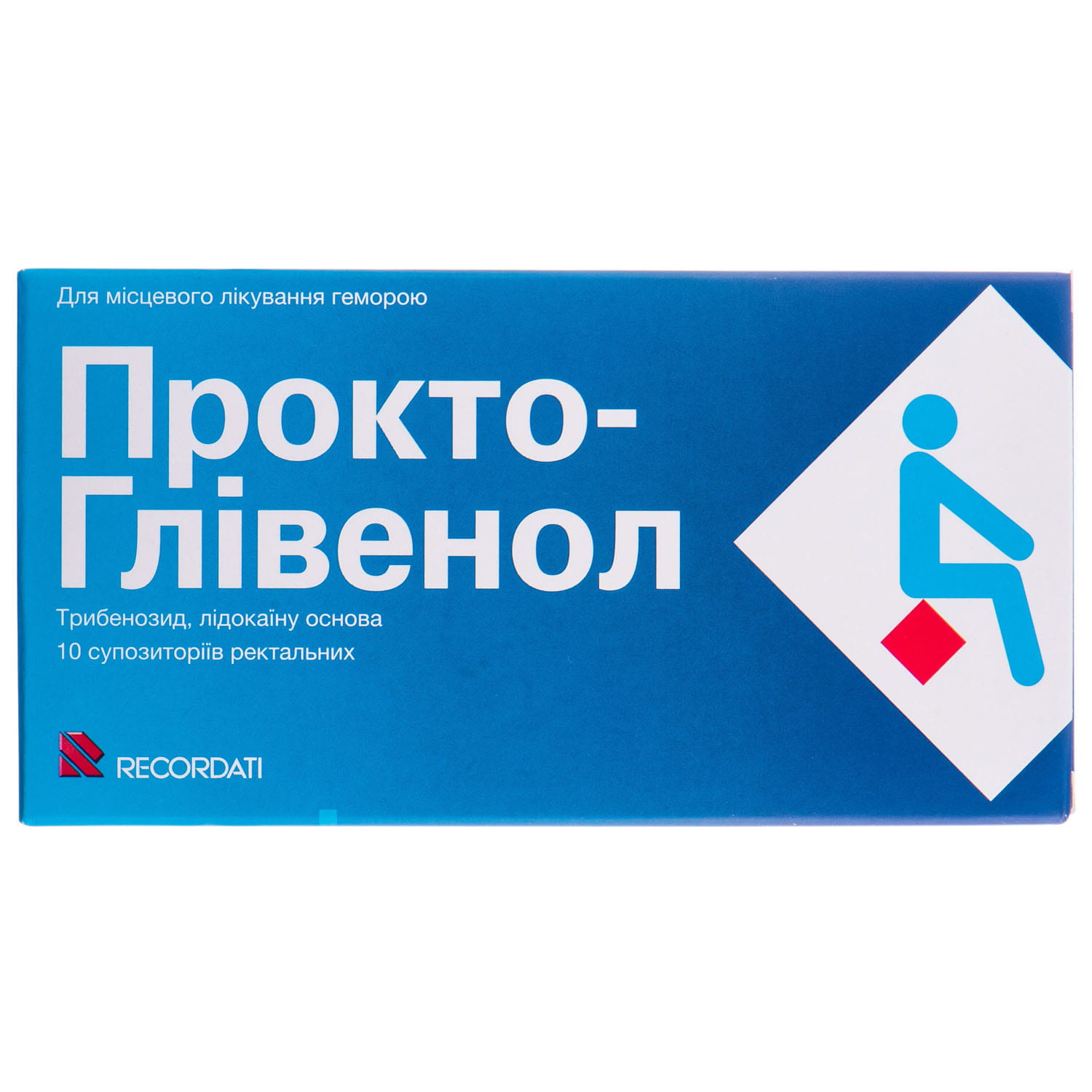
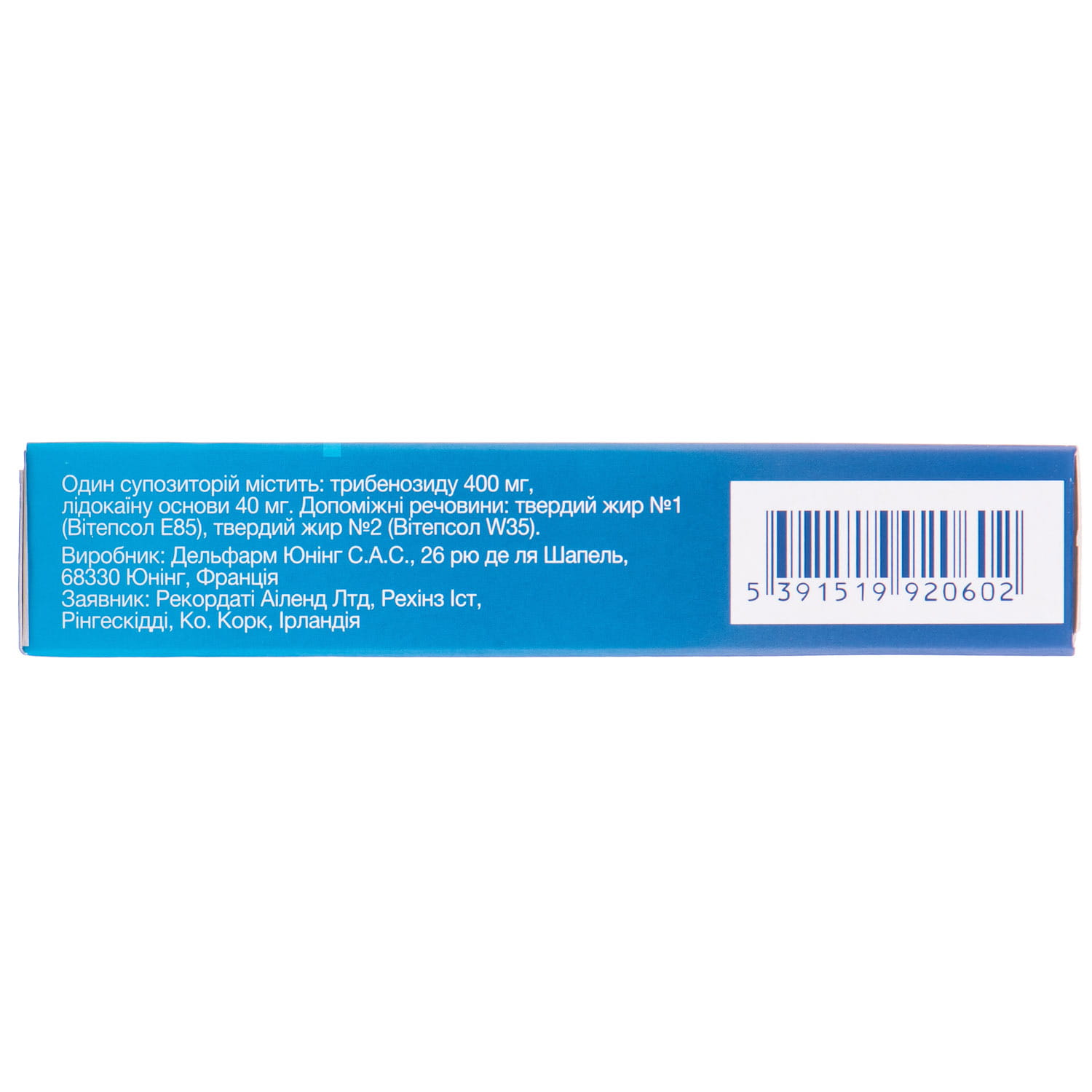
Reviews
There are no reviews yet.